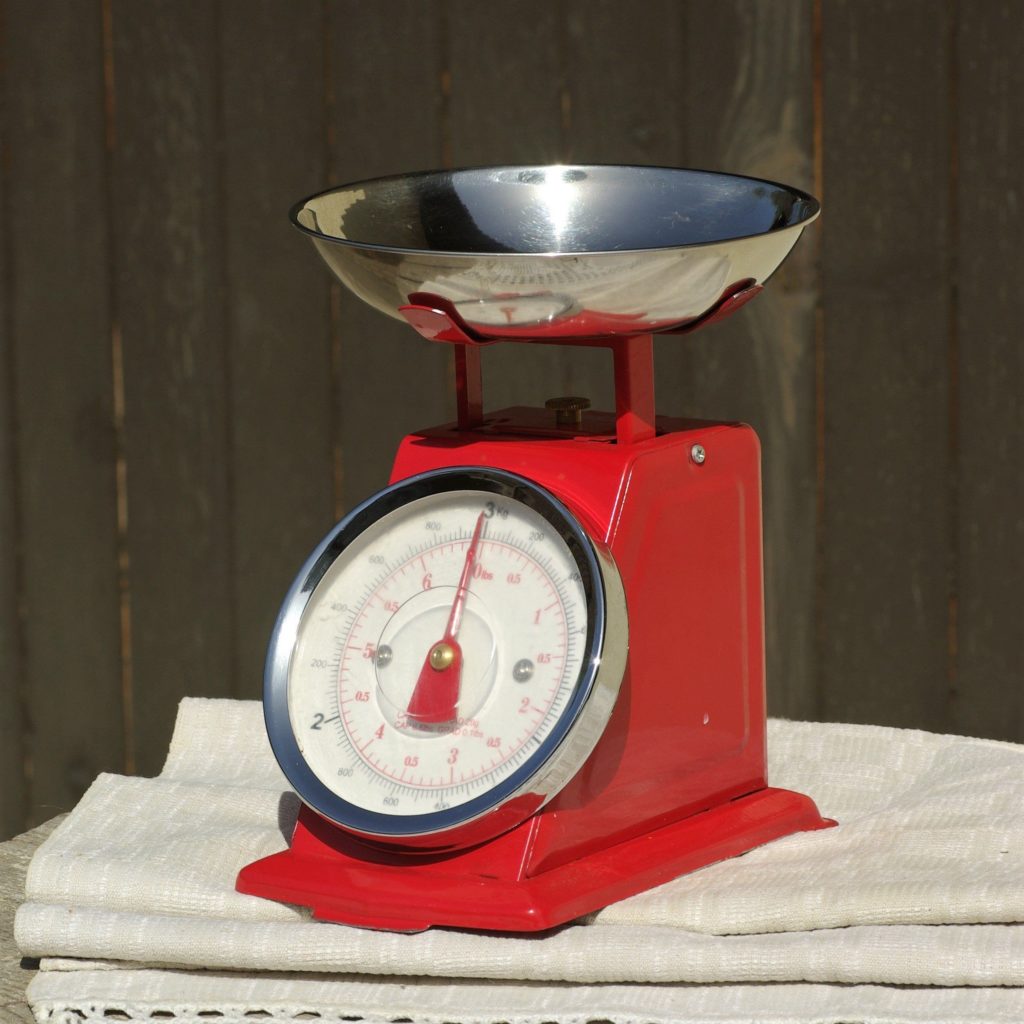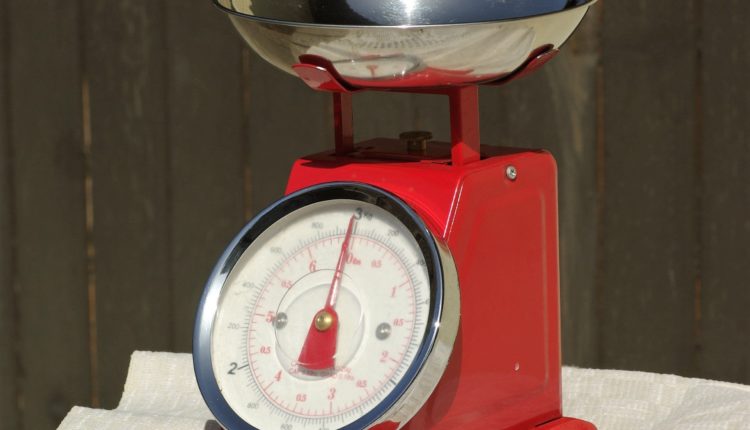Ever since I started teaching, assessment at Key Stage 3 has proven to be a thorny issue. National Curriculum levels were introduced way back in 1995. And, they were contentious, to say the least. Their abolition in 2014 should have been celebrated. Yet, according to the brilliant annual HA survey, we are now left in an even darker assessment hole.
Let’s face it, assessment is a crucial element of curriculum planning.After all, it would be myopic to create a curriculum without building in a well thought through system of assessment.
In this short blog, I will look at the historic problems of assessment at Key Stage 3. How on earth have we got here? In my next post, I will suggest some ways forward.
Assessment at Key Stage 3 before 2010
As a young history teacher in the mid-1990s, I witnessed passionate arguments from experienced history teachers who refused to follow whole school policy. They simply were not going to put a National Curriculum Level (remember them?) on individual pieces of work.
I listened to their compelling explanations, why ‘levelling’ individual pieces was wrong. The level was a best-fit end of Key Stage 3 assessment tool, wasn’t it? They were never designed to be anything else. It was ok for a student to be at different stages of development in different aspects of historical thinking.
A clever assessment system would take all of this into account and allow the history teacher to use her or his professional judgement. She or he could decide on the best fit level for each student at the end of the Key Stage, and not before.

Anyway, who on earth knew what a level 5 or 6 piece of work actually looked like? Were they different for different concepts? Did a level 5 or 6 answer vary between schools?
The whole Assessment for Learning agenda strengthened this argument – As a head of department, I fully encouraged my team not to put a mark/grade/level on individual pieces of work citing Black and Wiliam (1998).
Accountability craziness
Nevertheless, from the mid to late noughties, the accountability madness of Ofsted progress measures relied on level progression. So powerful was Ofsted’s influence that it became the main factor driving many school leaders’ decision making (Greany and Higham, 2018). A half-termly cycle of levelled assessment became the norm, This was then linked to a whole-school reporting system. It was utterly flawed.
Teachers produced pupil friendly mark-schemes for these assessments (based on God knows what). Laughably, levels were divided into sub-levels and a whole pseudo-science appeared. History teachers grew angry at entering flawed data. All of this proved that schools reacted to what they thought Ofsted wanted much more than what was actually right for students.
Assessment at Key Stage 3 after 2014
Then, in 2014, levels were abolished. What great news this was for the assessment geek. Finally, someone had seen sense that this system was flawed. Right? Surely now a decent system of assessment would be introduced at Key Stage 3?
What happened next, as you know, was enough to make grown history teachers cry. Most schools, desperate to prove to Ofsted progress was still happening, and prove they were improving outcomes, introduced GCSE assessment criteria at Key Stage 3.
Thousands of pupils studying history were answering exam questions, not for two years, but for five. How turgid. How depressing.
The increased content load for the supposedly new ‘knowledge-rich’ 9-1 GCSEs also meant that some schools re-designed Key Stage 3 to repeat content at Key Stage 4. Essentially, many pupils were learning GCSE history for 5 years! Teachers viewed progress in terms of a GCSE mark-scheme.
Progress and Assessment at Key Stage 3
Luckily, Ofsted’s latest handbook doesn’t appear to be outcomes-focused. Or at least that is what we are told. As you know the focus is on ‘The Quality of Education’ and ‘curriculum’.
So, Ofsted now defines progress as ‘“knowing more, remembering more and being able to do more.” This dodgy definition makes me confused about what type of history Ofsted are wanting to see in their inspections:
Young’s Future 1: agreed mono-narrative history in the Great Tradition style of teaching – ‘knowing more and remembering more’? Or Future 3: a disciplinary approach – ‘being able to do more’ (Young 2014)?
Despite this, we need a clear way forward when it comes to assessment at Key Stage 3. We need a practical, manageable and workable system that checks and improves pupil learning.
In their Research Review Series: History Ofsted strongly suggest that we shouldn’t be using GCSE assessment criteria or questions at KS3. So what should we actually do then?
In the next post I’ll provide you with my top tips for assessment at Key Stage 3.
References
Black, P. and Wiliam, D., (1998). Inside The Black Box. London: School of Education, King’s College London.
Greany, T. and Higham, R (2018), Hierarchy, Markets and Networks: Executive summary, London, IOE press.
Young, M. and Lambert, D (2014), Knowledge and the Future School, Curriculum and Social Justice. London, Bloomsbury



